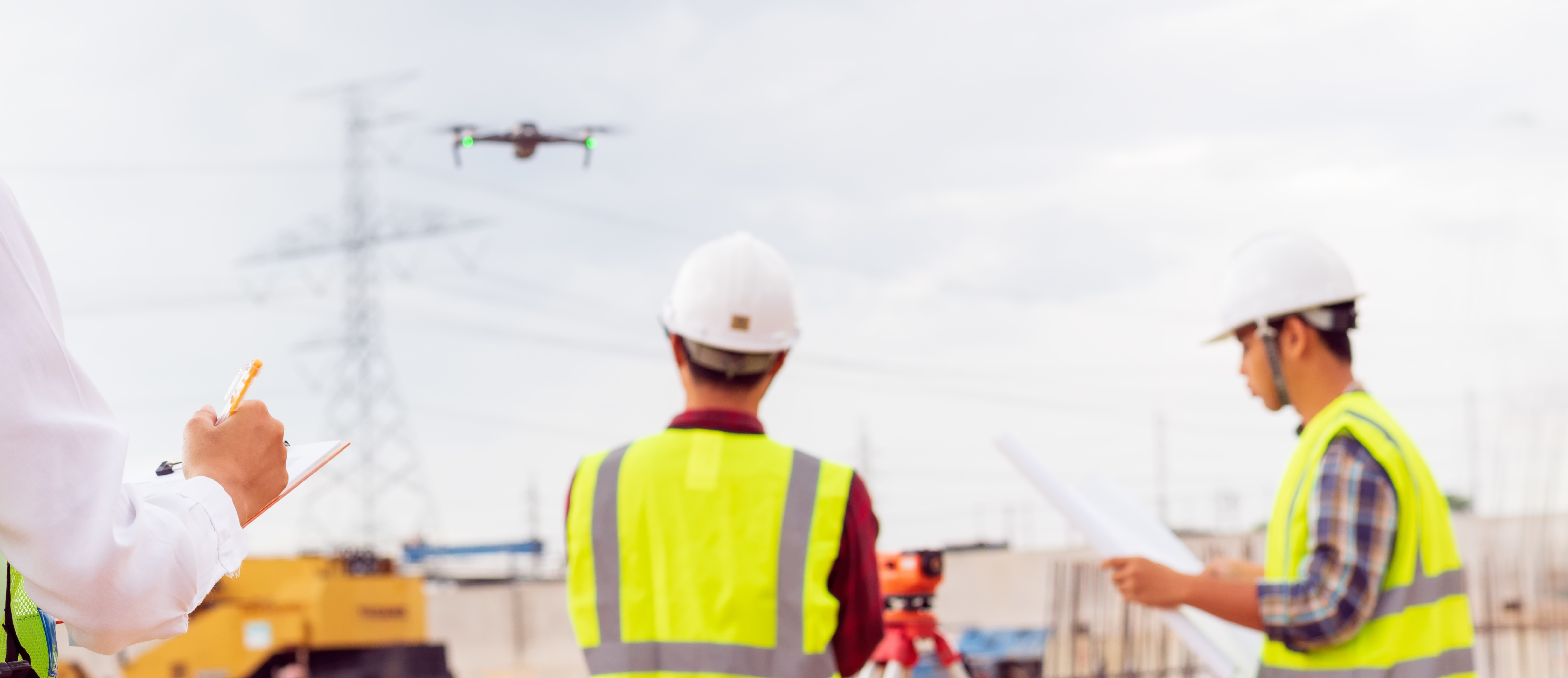Site surveys can add value to all stakeholders in a construction project. One key benefit is their ability to identify, and provide commentary or advice on potentially hazardous issues and how these can be tackled or eradicated. In short, site surveys can head off claims before they arise.
Site surveys are normally provided by the lead underwriter on your construction insurance package. They are carried out by risk engineers with extensive experience and knowledge, gained working on multiple surveys across all types of construction projects over many years.
Whenever a lead underwriter requests a site survey, we always encourage our developer, principal and/or contractor clients to help the underwriter’s risk engineers carry one out. We do this based on our firm belief that site surveys offer significant benefits for clients and insurers.
In the wake of the disruption caused to almost every Australian construction site by Covid-19 from Q2 2020 onwards, we are finally starting to see some light at the end of the tunnel. A successful vaccine roll-out has greatly reduced pandemic-related construction delays. As a result, we are seeing more insurers requesting and undertaking in-person surveys again.
Site surveys offer two-way benefits. They provide underwriters with an opportunity to see a site first-hand. For clients, they offer a valuable third-party opinion on any risks already present on a project - and on any others that are likely to arise. As one leading construction underwriter recently told us, ‘Surveys give underwriters eyes and ears on the risks they are insuring.’
A typical site survey will take about half a day, include an initial meeting and a walk around the site. They would normally cover a range of topics including:
Project details, updates, and programme delivery;
Design requirements, construction materials, compliance, and procurement;
Claims and losses, and the potential impact of any delays;
Current property and third-party exposures;
An overview of site-based risk management activities, e.g.
Site management procedures;
Contractor management, including workmanship and quality control;
General site safety, incident reporting, and HSE activities;
Temporary works design, co-ordination, management, and control;
Vulnerable structures, plant, and machinery;
Testing and commissioning;
Security;
Water management, including temporary and permanent systems and flood;
Fire safety, including compliance with the Fire Prevention on Construction Sites Joint Code of Practice;
Site inspection;
Close-out, including discussion of any improvement opportunities and recommendations.
The risk advice that emerges from this process can benefit all stakeholders in a project. It can help employers, funders, contractors and subcontractors improve their general risk management and site security, alerting them to potential threats of which they might otherwise have been unaware. Surveyors will draw on their extensive experience of construction sites to flag up areas where there is room for improvement and share best practice across a multitude of construction disciplines and activities.
We believe site surveys continue to provide an extremely helpful tool over the duration of a project and would strongly encourage clients to engage with surveyors and invite them on-site at every stage of the project life-cycle.
This will also support the property insurance underwriters as a building approaches its Practical Completion date, allowing for a seamless transfer of risk intelligence and understanding from the construction-phase insurer to the operational property insurer. This is particularly helpful concerning projects built using emerging construction methods which property insurers may not be overly familiar with.


